I suppose no one really goes to Kazan to see a ton of Soviet era architecture or “Communist” relics. At the end of the day, it is an “ethnic” destination within the Russian Federation that is more often than not frequented by local tourists who want something a bit different. They have those “ruinous sites and derelict factories” all around their hometowns anyways, why bother seeing them during their travels? It seems to me that the governorate of Kazan took this to the heart and ensured that the city centre was almost fully “cleansed” of its Soviet past, with the notable exception of some Lenin statues adorning a few of its beautiful streets. This is expected since Lenin once came to study here. If you really want to see Soviet housing blocks, or some old factories, your best bet is to cross the Volga to the north and start looking over there. With that being said, let us now go over a few Soviet/Communist treasures Kazan has to offer, in no particular order.
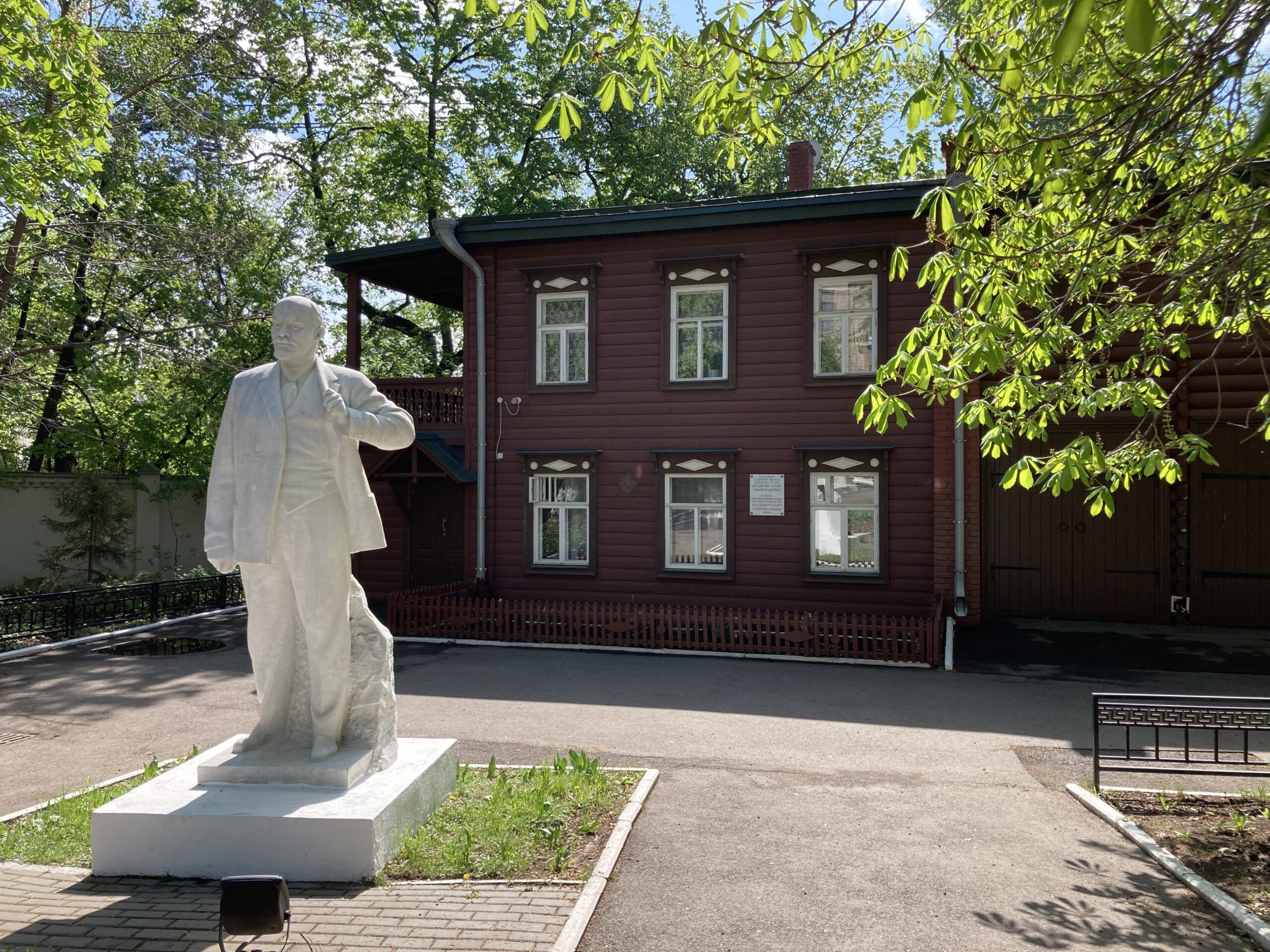
As I wrote before, Kazan was where Lenin studied for a rather short period of time for his higher education. Things were cut quite short for him as he was banished from the university (and the city itself) following a particular student protest in 1887. He would later say that it was the best thing that happened to him, as in the village that he was banished to, he finally had the time to read to his heart’s content, where he truly developed into the revolutionary he eventually became. You can visit his home in Kazan these days, though it feels very weird paying 200 roubles to get in to hear about this legendary communist’s life…
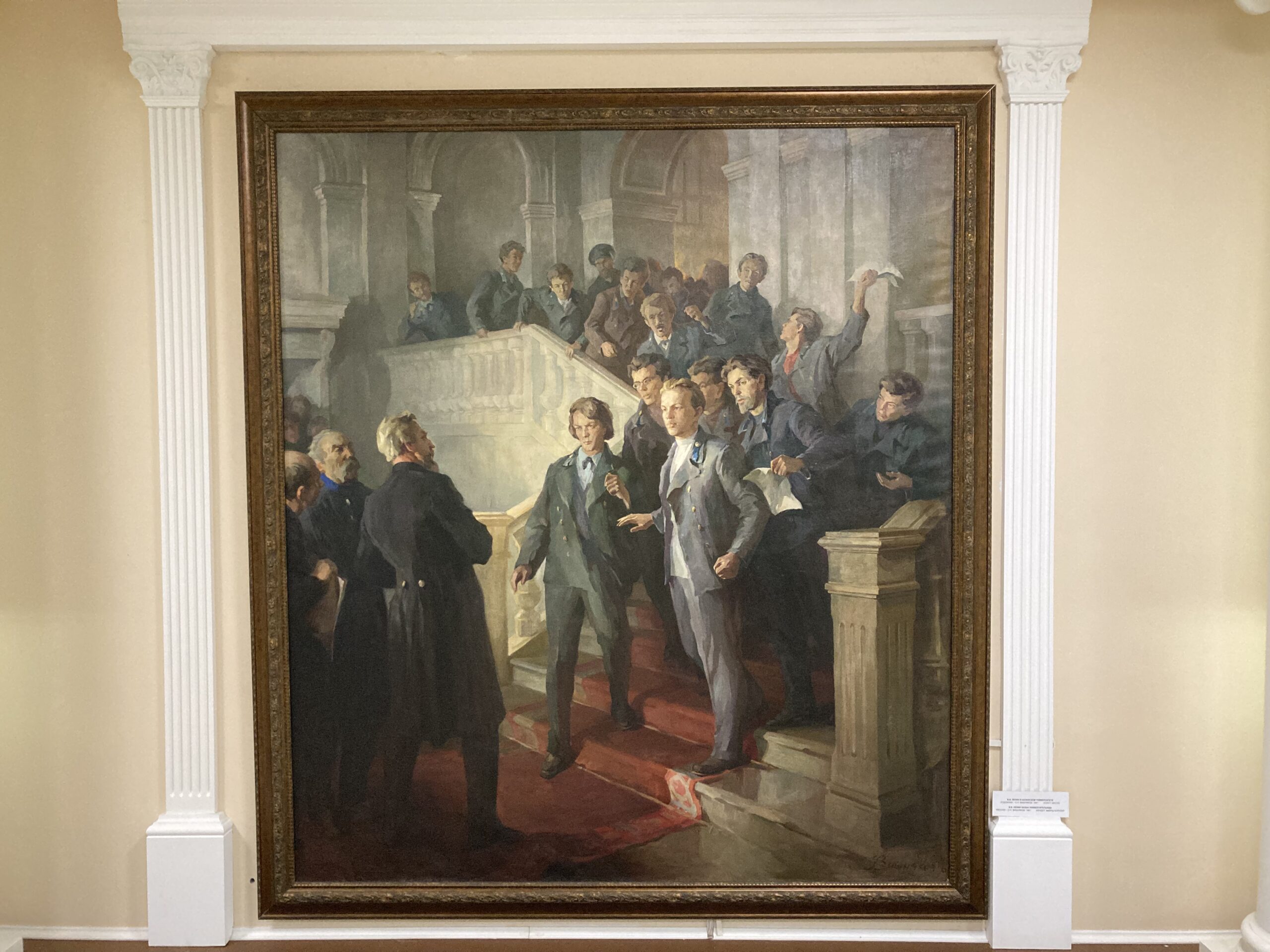
The house is, as expected, full of personal items from Ulyanov family but the highlight for me was none of those. It was this simple but beautiful painting, showing an extremely young Lenin (back then known as Vladimir Ilyich Ulyanov) standing up to authorities. It was an awe-inspiring piece of art that my eyes lingered on for far longer than usual.
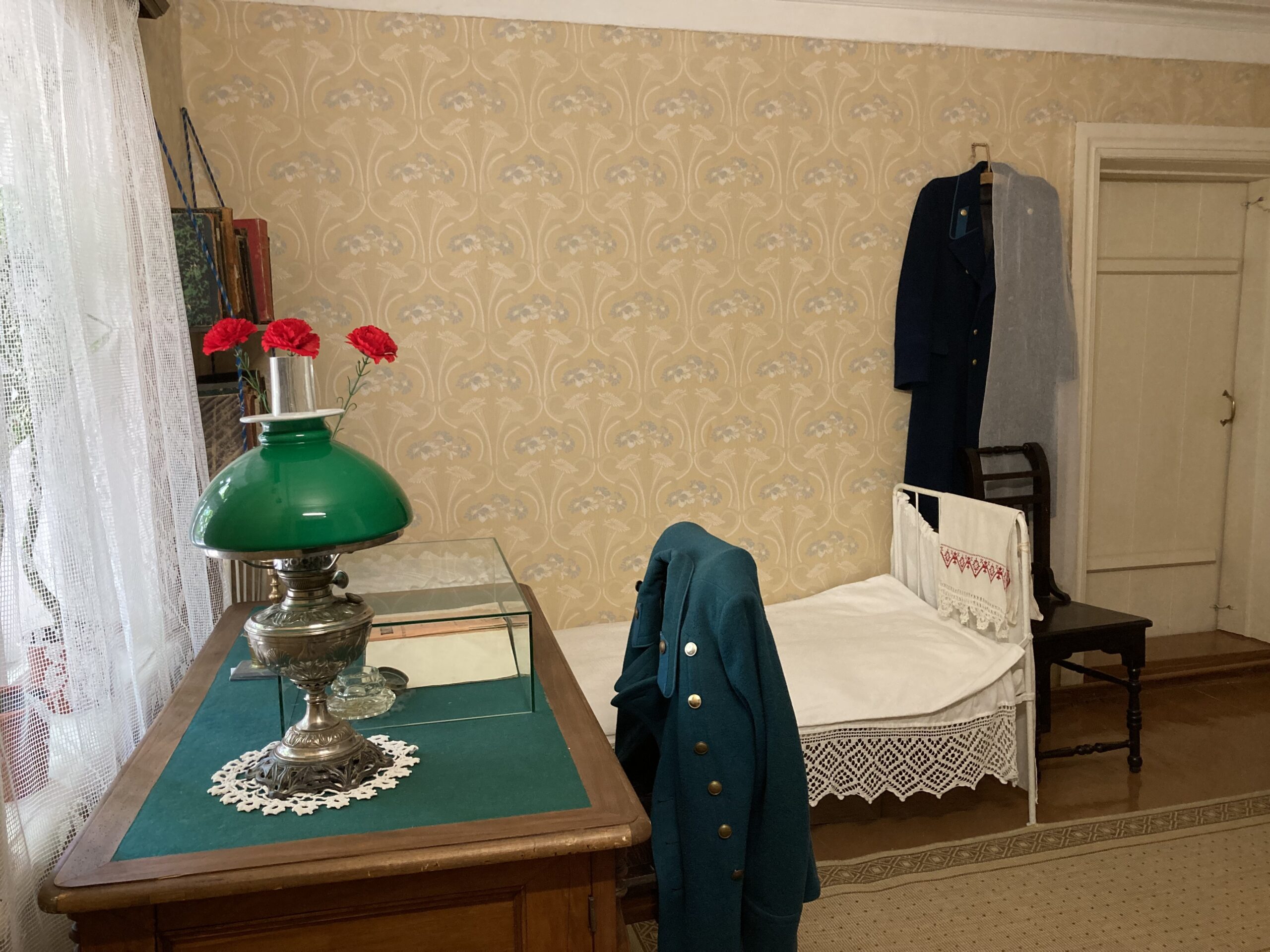
Of course, the very room Lenin spent a part of his youth deserves a small paragraph of its own. It was quite unbelievable to see the very real, original, Capital, that the man himself once read on his desk. It is as if he was there just yesterday, enjoying some more of Marx’s words. Everything was in such a pristine condition that the whole place felt and even smelt like a shrine that a monk would visit during his pilgrimage. I suppose, one can say that this is indeed a landmark on what one may refer to as the communist pilgrimage route, but still, it was interesting to see the care that was put in, as well as the humility of the room itself. Well, humility compared to today’s standards. For the time being, it was considered a rather bourgeoise setting.

Kazan has a few museums on its long and almost a bit confusing history, but few really deal with its Soviet past and when they do, those “chapters” often lack some substance. Nevertheless, here you can see Lenin, Stalin, and Trotsky telling the good people of Kazan that they are now under a new regime, the Soviet Union.
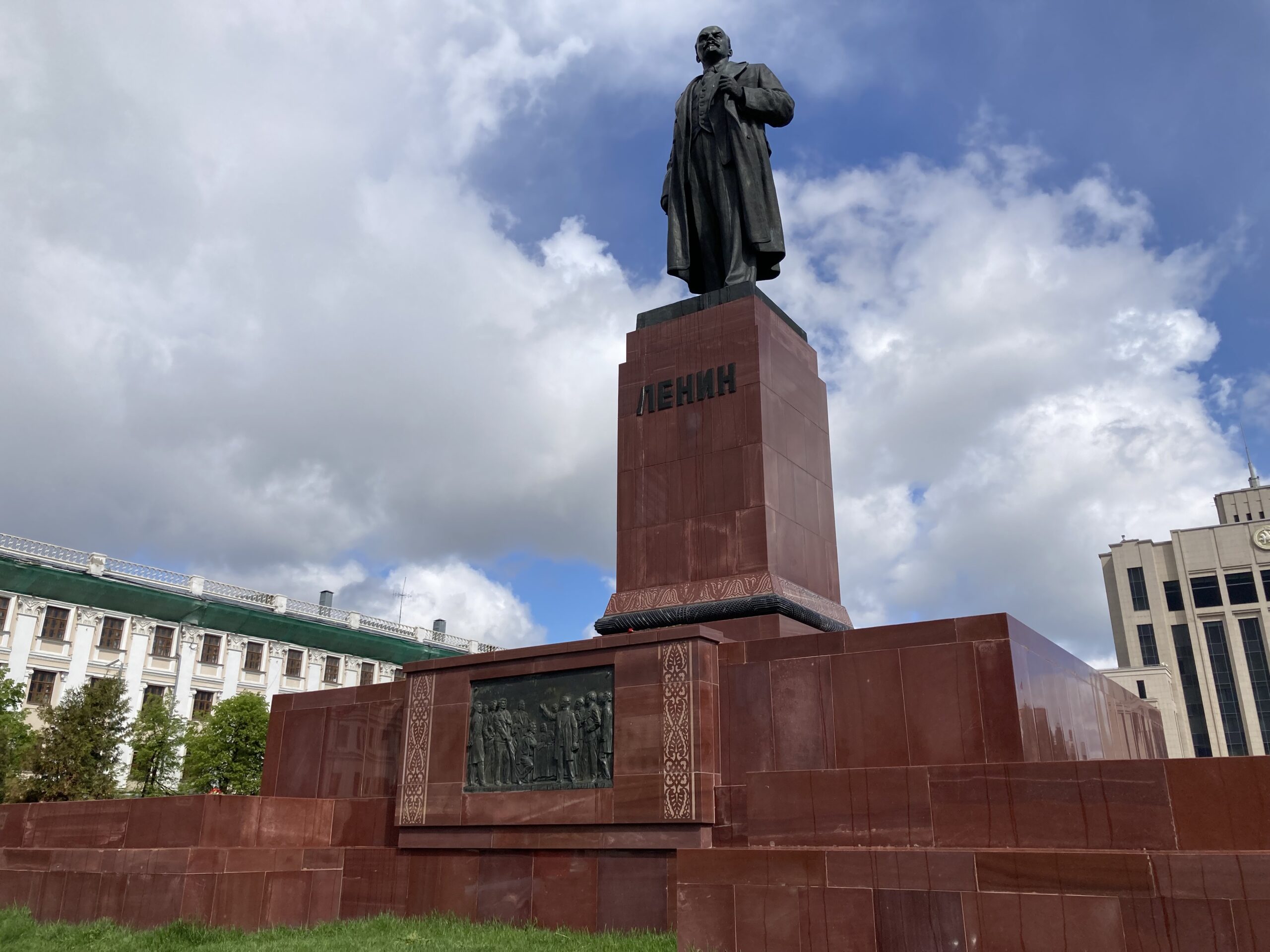
Lenin’s statues, as is aforementioned, can be found at random all around the city. What is truly interesting is that not all of them are his images that we are familiar with. As in, some statues depict his much younger self, when he was a student in Kazan. Nevertheless, most still look like this, Lenin as we know and love, balding but fearless and resolute, just as I try to be though I can let go the balding part…
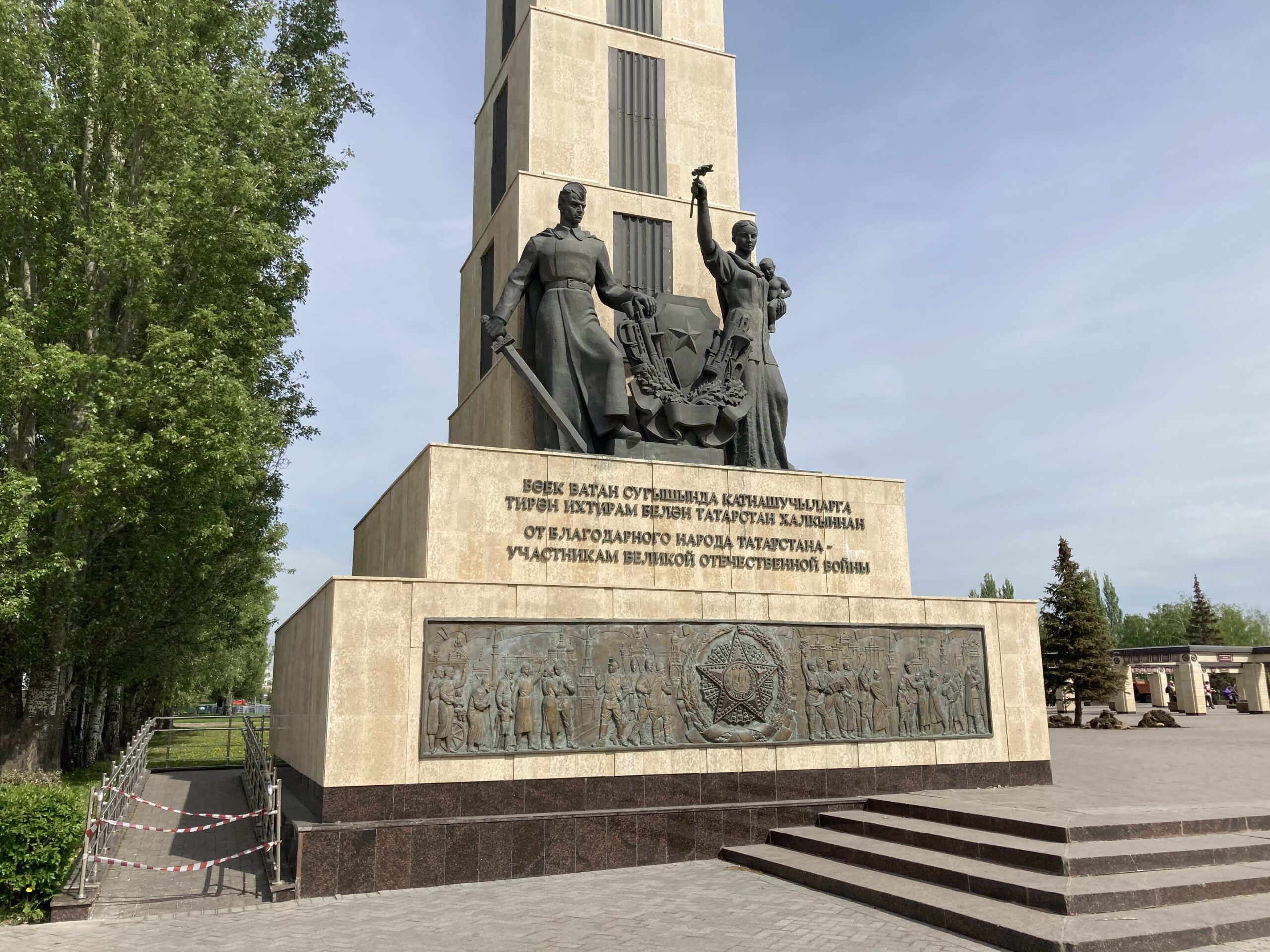
As is pretty much a tradition, Kazan also has a Victory Park of its own, complete with a ton of WWII era tanks on display as well as an eternal flame that is situated somewhere near the entrance to this rather sizable park. There is even a small lake here on which you can use some paddle boats. It was not necessarily the best Victory Park I visited, but it sure was kept very well organized and clean, and the number of tanks as well as helicopters could satisfy even the geekiest WWII “enjoyers” out there.
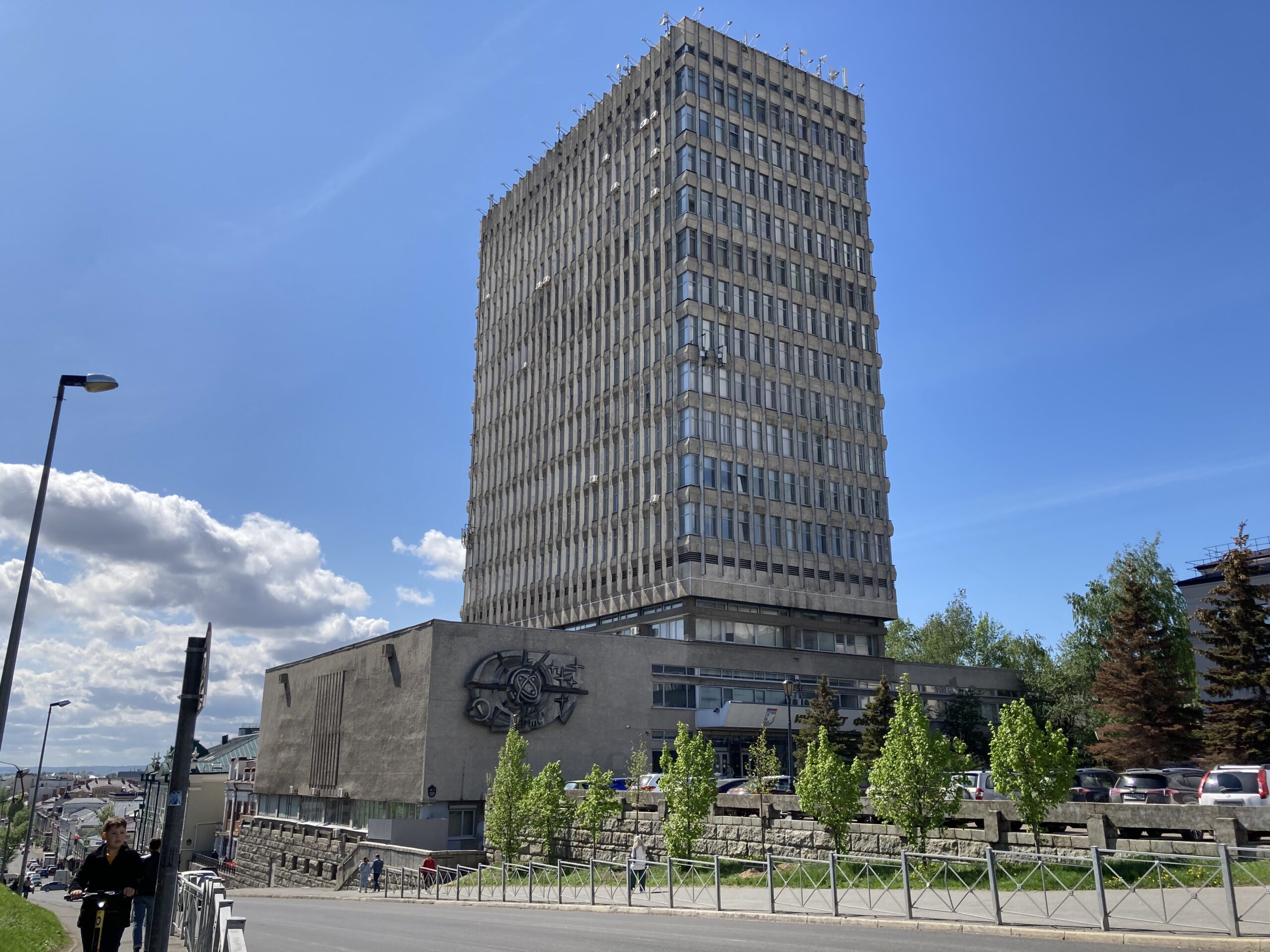
With all this being said, I must admit that I was a bit disappointed by the almost utter lack of Soviet style buildings in the city centre of Kazan, barring a few theatres and even fewer university campuses. This Institute of Physics was the best thing to come out of my trip there as much as Soviet architecture is concerned, and that should tell something to you all. I truly understand and respect some people’s right to disassociate themselves from their Communist heritage, but in this case, it seems so extreme that I cannot help but assume that even during the reign of the Soviet regime, due to the age of the city, the city centre was not really transformed in levels that I am familiar with from plenty of other ex-Soviet cities I visited so far. It is an interesting case no matter what, one that you should keep in mind in case you are visiting Kazan to see a ton of Soviet “goodies.”
